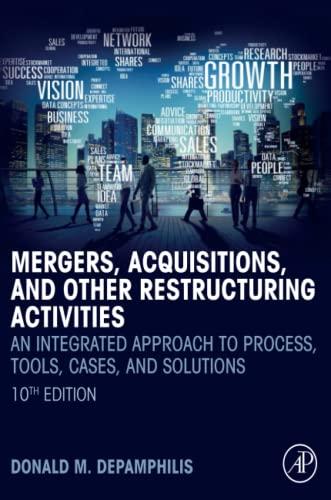Question
1.) A bond is selling at a premium over its face value. This implies that: a. The bond's yield is greater than its coupon rate.
1.) A bond is selling at a premium over its face value. This implies that:
a. The bond's yield is greater than its coupon rate. (this choice is wrong)
b. the bond's price is less than $1,000.
c. The bond's yield is lower than its coupon rate.
d. The required rate of return on the bone has risen above its coupon rate.
e. The required rate of return on the bond has risen about its yield.
2.) A share of common stock is expected to pay the following dividends at the end of years 1 through 5, respectively; $3.50; $3.65, $3.80; $3.95; $4.10. At the end of the 5 years, the share is expected to be selling for $61.50. If you require a return of 12% on this stock, what is the most you would be willing to pay for this share of common stock today? (hint: you can consider that you could hold this stock for 5 years, and then sell it.)
a. $59.25
b. $51.88
c. $80.50 (this choice is wrong)
d. $48.47
e. $75.08
Step by Step Solution
There are 3 Steps involved in it
Step: 1

Get Instant Access to Expert-Tailored Solutions
See step-by-step solutions with expert insights and AI powered tools for academic success
Step: 2

Step: 3

Ace Your Homework with AI
Get the answers you need in no time with our AI-driven, step-by-step assistance
Get Started


